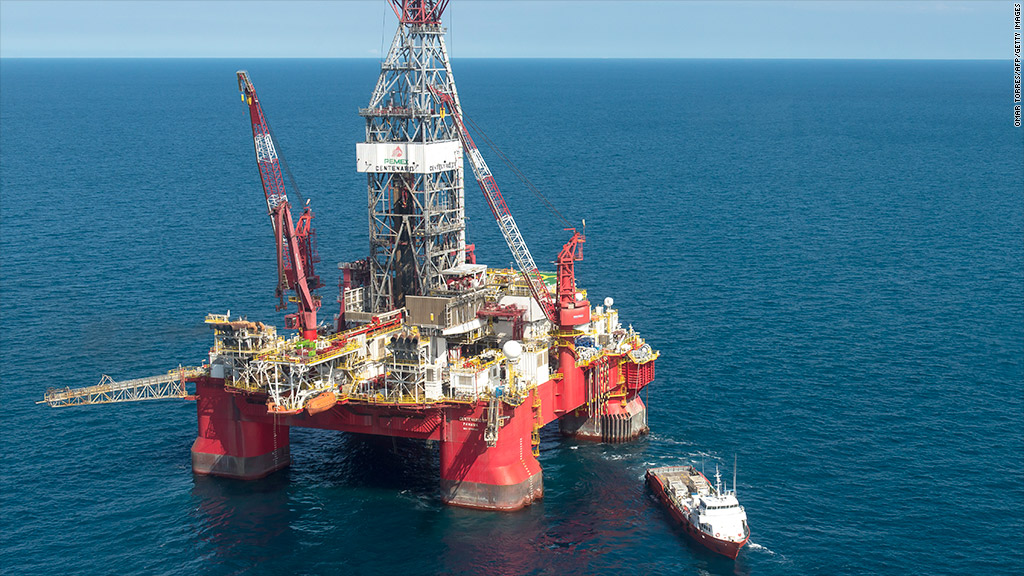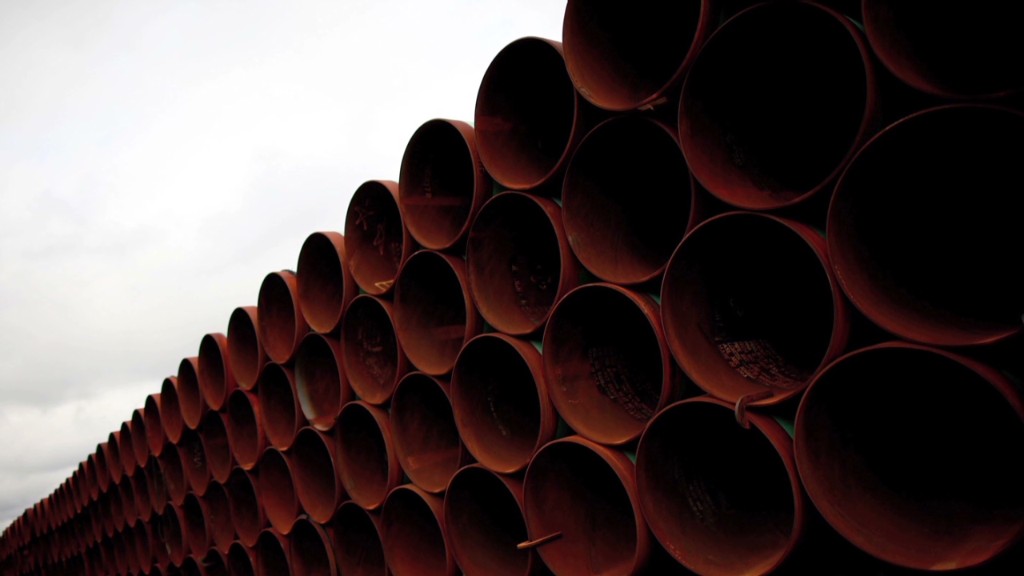
The United States will knock off Saudi Arabia as the world's top energy producer by 2015, but its power as a global energy force will fade over the next decade, according to a report from the International Energy Agency.
Massive investment in the production of shale gas has driven the U.S. supply boom, thanks in large part to new technologies such as hydraulic fracking, which has made the extraction of oil and gas from shale rock commercially viable.
But limited reserves will cap the surge in shale oil output within the next 10 years.
"Shale oil is good news for the U.S, but we do not expect this trend will continue after the 2020s," IEA chief economist Fatih Birol told reporters Tuesday, at the launch of the 2013 World Energy Outlook in London.
That will translate into an increase in OPEC producers' share of global output since those nations would remain the only large source of relatively low cost oil.
"Middle East oil is crucial to the global oil industry today, and also tomorrow," Birol said.
Related: U.S. to pump more oil than Russia in 2014
The OPEC oil cartel, which includes Saudi Arabia, the United Arab Emirates and Qatar, controls the vast majority of world oil reserves.
As a major exporter, top producer Saudi Arabia is critical to future energy supplies. By contrast, the United States relies on its newfound energy wealth to power domestic consumption.

Birol said despite the growth in U.S. energy supplies, the new era isn't one of "oil abundance," due to demand pressures and declining production from existing crude fields.
Related: Where Keystone's oil will go
The IEA also noted that power-hungry Asia will continue to re-shape the global energy landscape. About two-thirds of future world energy demand will come from the region.
India will take over from China as the biggest energy demand center around 2020.
The Middle East will also have a rising impact on demand. By 2035 the Middle East will consume the same amount of oil as China does today, according to the IEA.


